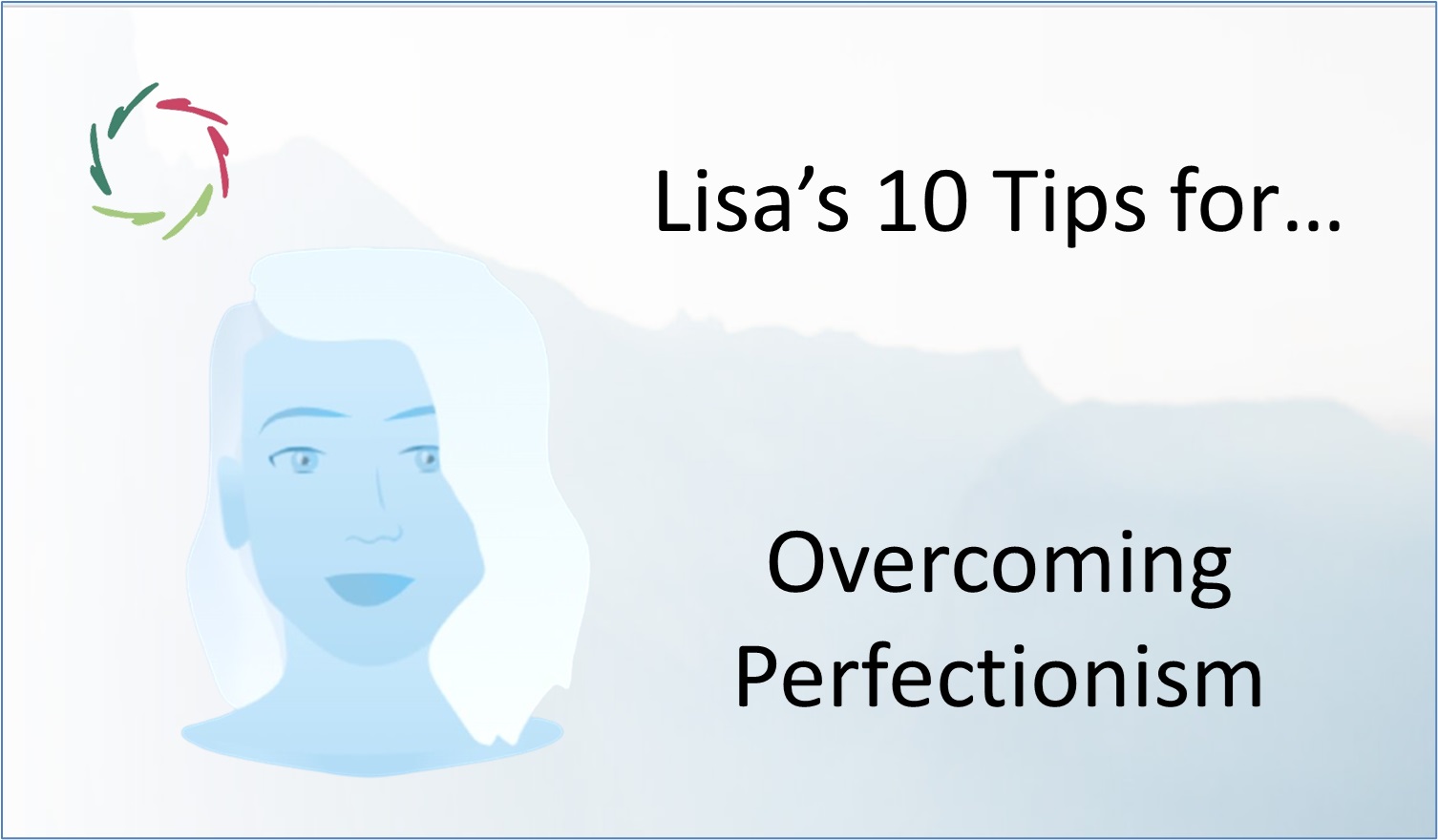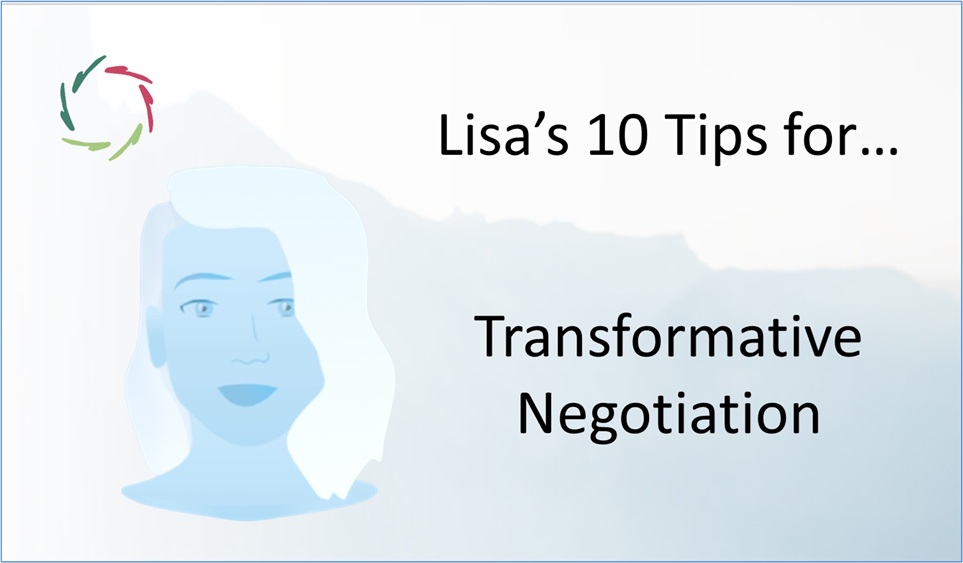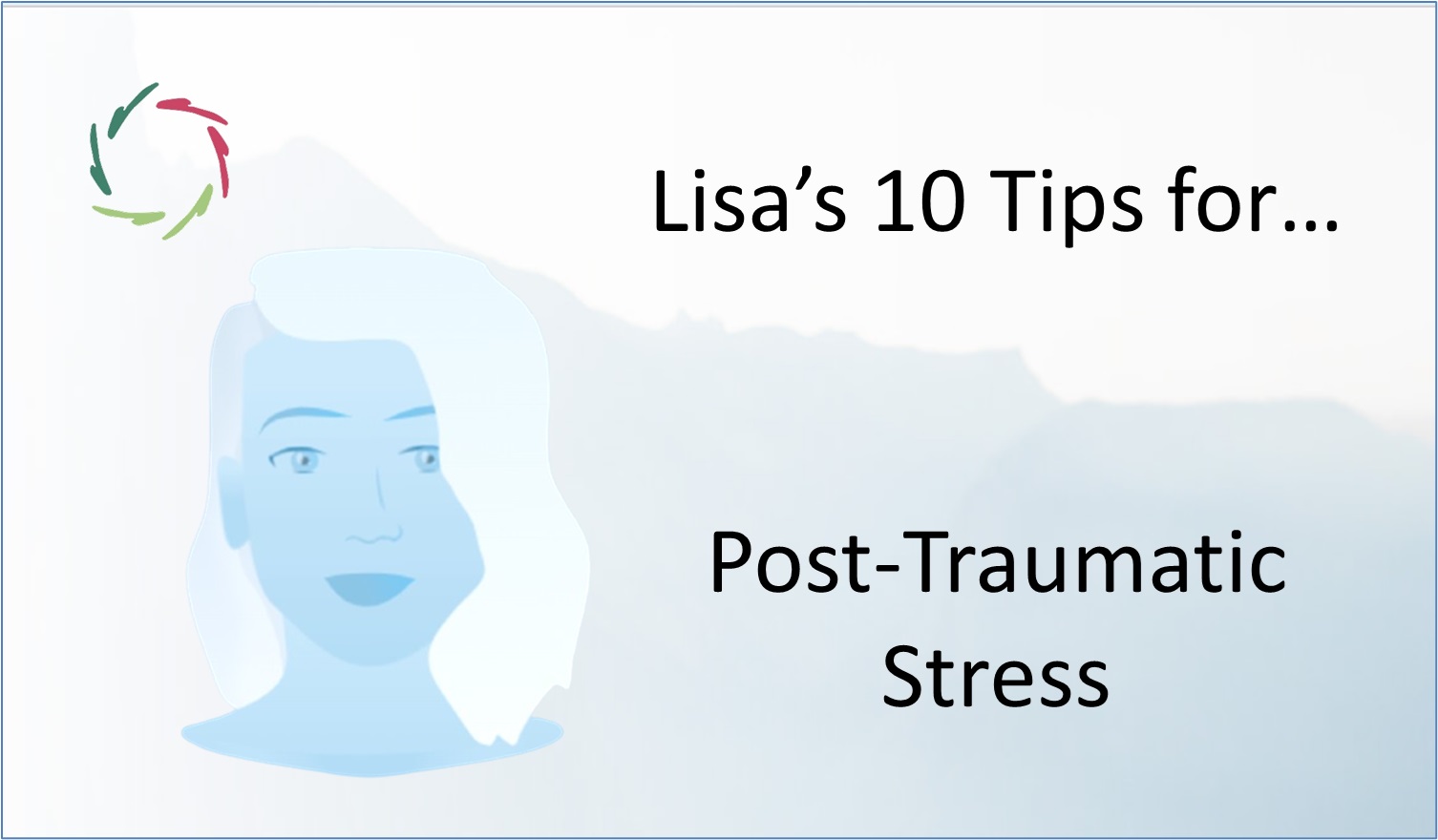Lisa’s 10 Tips for… Compassionate Parenting

Here are ten original tips for Compassionate Parenting that are specifically based on Lisa’s knowledge and deeper insights ― avoiding the common tips that are frequently offered.
These tips, provided by A.I. coach-bot Lisa (human ratified, hardly or unedited), Compassionately align with both rationality and depth as well as with a synthesis of fostering growth and relief of suffering ― forming a deep approach that aims for fundamental transformation rather than superficial fixes. For more about their use, see Lisa’s 10 Tips for… An Introduction. Note that this is support, not therapy. If needed, please seek out proper human therapy.
Be the presence your child absorbs
Your child is shaped not just by what you say or do, but by who you are. Before you correct their behavior, take a moment to observe your own emotional state. Are you acting out of stress, impatience, or frustration? A child feels these things before they understand your words. Instead of reacting impulsively, cultivate calm and genuine presence. Even in moments of discipline, if your presence is loving, steady, and accepting, your child will internalize this as their emotional baseline. Your Compassion starts within.
See beyond behavior to the deeper need
A tantrum is rarely about the superficial trigger. A refusal to follow rules is not just defiance. Look beneath the surface. What deeper need is your child expressing? Maybe they are seeking connection, testing boundaries for security, or struggling with an emotion they cannot name. Instead of saying, “Stop crying, it’s just a toy,” try, “I see this really matters to you. Tell me more.” When a child feels seen at this deeper level, they naturally develop emotional intelligence and resilience.
Your words are suggestions to their subconscious
Every interaction with your child is a form of autosuggestion. Saying, “You always make a mess,” subtly tells them they are messy. Saying, “You are learning to take care of your space,” reinforces growth and capability. Be mindful of how your words shape their self-concept. Replace labels with potential: instead of “You’re too shy,” try, “You take your time to feel comfortable, and that’s okay.” Over time, these suggestions become their reality.
Boundaries should guide, not control
Children need structure, but structure does not mean imposing authority. A Compassionate boundary is clear, firm, and non-coercive. Instead of saying, “Do this, or else!”, explain the deeper why. For example, “We don’t hit because we respect each other’s bodies.” A child should experience boundaries as a form of support, not as a force they must resist. This helps them internalize respect and self-discipline, rather than just obeying out of fear.
Emotions are welcome, even when messy
Do not rush to stop your child from crying or distract them from their frustration. Instead of teaching suppression, guide them in understanding emotions as natural and safe. If they are angry, help them express it: “You are really upset. I am here to listen.” If they are sad, resist saying “Don’t cry.” Instead, say, “I see you are feeling this deeply.” A child who learns to sit with emotions safely will grow into an adult who does not fear their own depth.
Model the self-compassion you want them to have
A child learns how to treat themselves by watching how you treat yourself. If you criticize yourself openly (“I’m so stupid for forgetting that”), your child absorbs that self-judgment. If you show self-kindness (“It’s okay, everyone makes mistakes”), they will learn inner gentleness. When you lose patience, own it with kindness: “I was feeling frustrated, but that’s my feeling, not your fault.” This teaches them that imperfection is part of being human.
Let them struggle — Compassion is not rescuing
A child who never faces struggle does not learn resilience. Sometimes, the most Compassionate thing you can do is let them feel discomfort while knowing they are supported. If they fall, pause before rushing to pick them up. Give them the space to rise on their own. If they are frustrated, don’t fix the problem for them. Help them find their own way through it. Trusting their strength is the deepest form of Compassion.
Use metaphor and storytelling for deep learning
Children respond more to symbols and metaphors than logic alone. If your child struggles with fear, instead of saying, “There’s nothing to be afraid of,” tell them a story of a small but brave creature. If they struggle with patience, use the image of a tree growing, unseen but strong. These metaphors speak directly to their deeper mind, shaping their understanding in ways they feel rather than just hear.
Let their growth be organic, not forced
A flower does not need to be pulled open—it blooms when the time is right. Likewise, a child’s emotional, cognitive, and social growth unfolds naturally when the conditions are right. If a child is not ready for something, pushing harder will not make it happen faster. Instead of forcing a skill, a mindset, or a behavior, focus on creating the right environment — trust, warmth, and opportunity. They will grow at their own pace, beautifully.
See parenting as a journey, not a performance
Many parents feel pressure to “get it right”, as if parenting is a test of skill. But your child does not need a perfect parent; they need a present one. Instead of judging yourself for mistakes, see them as opportunities for connection. If you react with frustration, repair the moment: “I didn’t mean to yell. Let’s try again.” A child who sees their parent growing and learning will naturally develop the same mindset. Parenting is about walking the journey together.
Compassionate Parenting is not just about guiding a child’s behavior; it is about being deeply present with them, allowing their inner world to unfold naturally. True Compassionate Parenting goes beyond discipline, rewards, or structured programs; it is a way of being that respects the child as a whole person.


